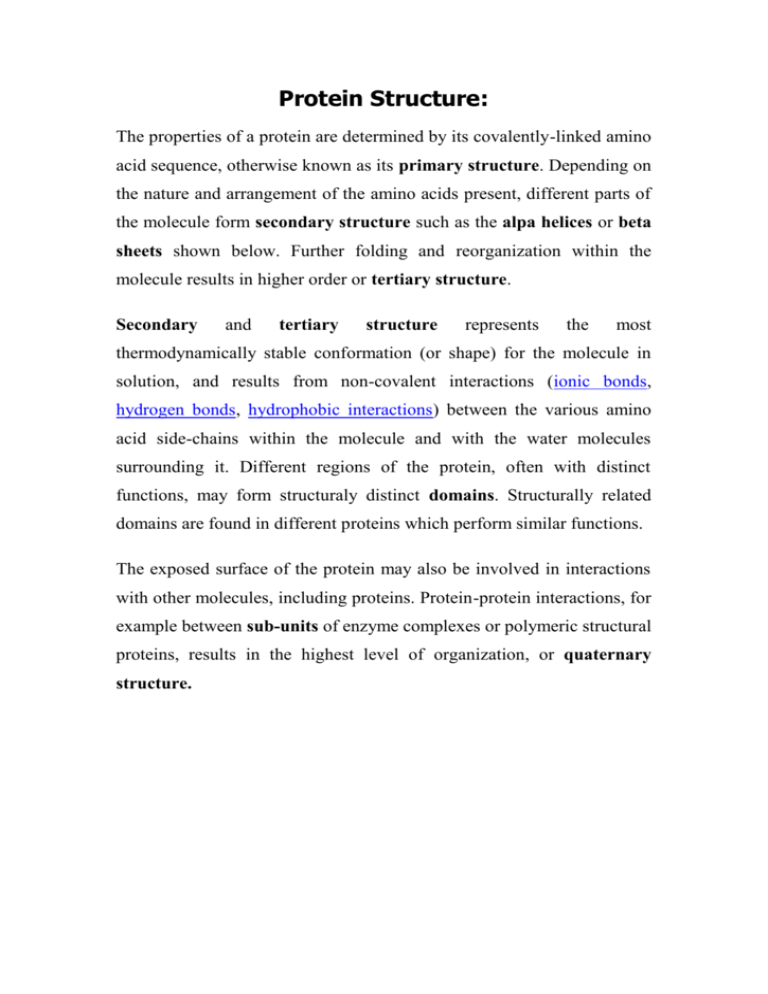
This article will help to clarify the structure of amino acids, their functional groups, and what it all has to do with the creation of protein.

The acetyl-coA, in turn, may enter the citric acid cycle and degraded ultimately into CO 2 and water molecules, with the concomitant generation of ATP.So you've heard of amino acid functional groups and you want to understand them better. This metabolic process in which fatty acids are degraded resulting in the formation of acetyl-coA is called beta oxidation. Fatty acids may be further degraded in the mitochondria or in the peroxisome, producing acetyl-CoA. Lipolysis is activated when the circulating insulin level is low whereas the circulating epinephrine is high. The process wherein lipid is broken down to extract energy is called lipolysis. Furthermore, animals that consume carbohydrates in excess tend to convert the carbohydrates into trigylcerides. The liver cells, though, release triglycerides in the form of very-low-density lipoproteins (VLDL) into the bloodstream.Īpart from biosynthesis, lipids may also be obtained from the diet. The cells that carry out lipogenesis are mostly adipocytes and liver cells. In triglyceride synthesis, three fatty acids are esterified to a glycerol in the endoplasmic reticulum. Fatty acid synthesis occurs in the cytoplasm and characterized by the repeated addition of two-carbon units to acetyl-CoA. Lipogenesis includes (1) fatty acid synthesis and (2) triglyceride synthesis. It is to store biochemical energy for later metabolic use. In biology, lipogenesis is a biochemical process, e.g. Lipogenesis is the process of producing lipid or fat. Lipids are biosynthesized by a process called lipogenesis. Other types of lipids are saccharolipids (fatty acids linked to a sugar backbone) and polyketides (compounds formed by polymerization of acetyl and proprionyl subunits). Many of them act as hormones and signaling molecules.Ī prenol lipid is a type of lipid that is synthesized from isopentenyl diphosphate and dimethylallul diphosphate via the mevalonic acid pathway. cholesterol) is another type of lipid that serves as an essential component of biological membrane. Examples are cerebrosides and gangliosides.Ī sterol lipid (e.g. sphingosine and ceramides) backbone and sugar residue(s) linked by a glycosidic bond. Examples of phospholipids include phosphatidylethanolamine, phosphatidylinositol, phosphatidylserine, lecithin, plasmalogens and sphingomyelins.Ī sphingolipid is a lipid made up of a sphingoid base (e.g. Phospholipids are amphipathic compounds in a way that the ‘head’ is hydrophilic and the lipophilic ‘tail’ is hydrophobic. It is also involved in metabolism and cell signaling. In animals, the fatty acid component is largely saturated.Ī glycerophospholipid, or simply phospholipid, is a type of lipid that is an essential component of many biological membranes, particularly the lipid bilayer of cells. In plants, they are typically found in plant cell membrane where the fatty acids are mostly unsaturated. The triglyceride is a major component of animal and plant oils and fats. The three hydroxyl groups of glycerol in triglyceride are all esterified. The triglyceride is an energy-rich compound consisting of a glycerol and three fatty acids (thus, the name). One of the most commonly known glycerolipids is the triglyceride (also referred to as triacylglycerol). Examples include lauric acid, palmitic acid, etc.Ī glycerol is a type of lipid made up of a glycerol linked esterically to a fatty acid. Saturated fatty acids are fatty acids that lack unsaturated linkages between carbon atoms. Examples of unsaturated fats are monounsaturated fatty acid, polyunsaturated fat, omega fatty acids, etc. The unsaturated fatty acids may be further grouped into monounsaturated fatty acid and polyunsaturated fatty acid. Fatty acids may be classified into (1) unsaturated fatty acid and (2) saturated fatty acids. It is represented by R-COOH, where R stands for the aliphatic moiety and COOH as the carboxylic group (making the molecule an acid). It is produced by the breakdown of fats (usually triglycerides or phospholipids) through a process called hydrolysis. It pertains to any long chain of hydrocarbon, with a single carboxylic group at the beginning and a methyl end, and aliphatic tail.

A fatty acid is a subunit of fats, oils, and waxes.


 0 kommentar(er)
0 kommentar(er)
